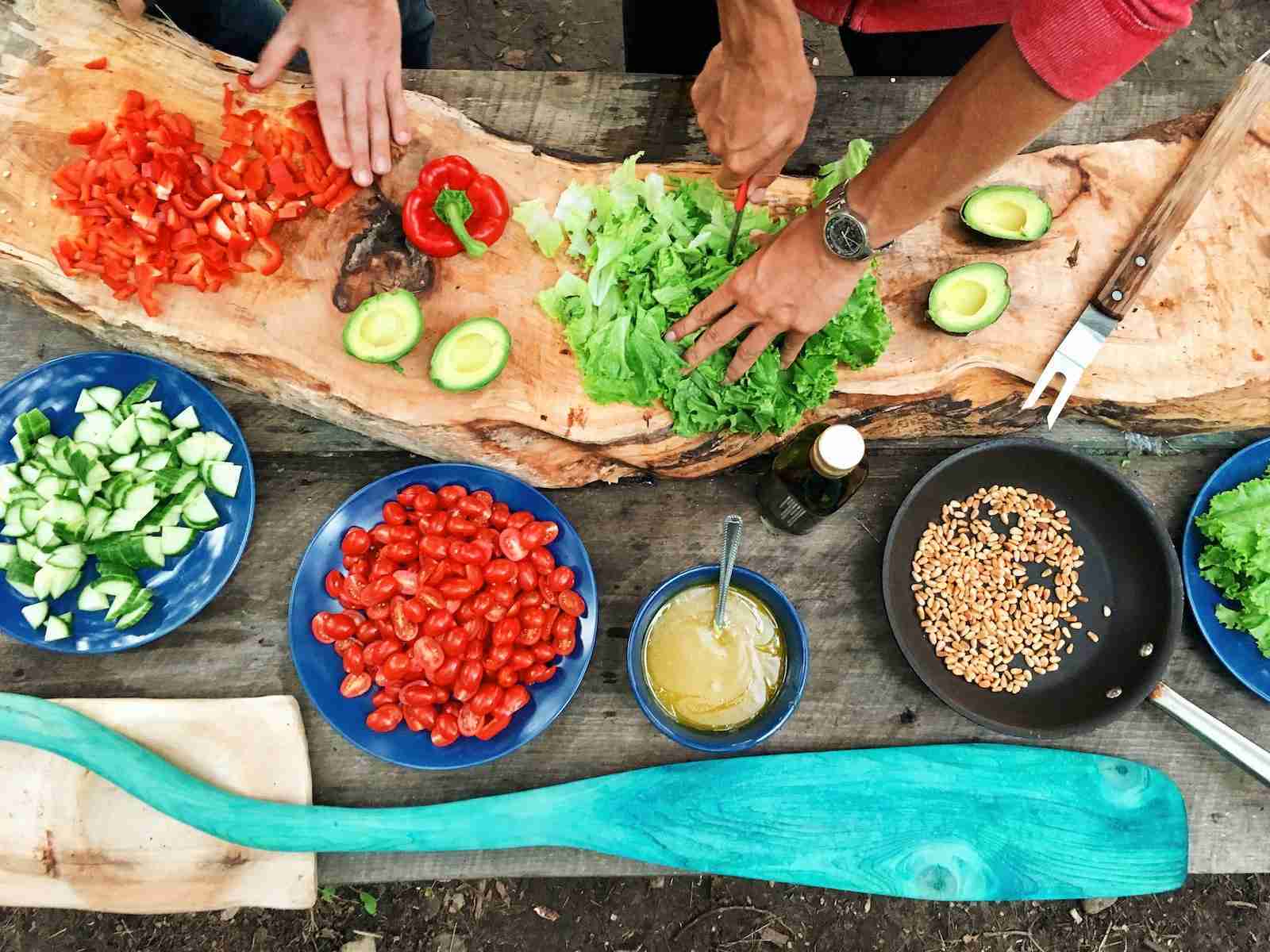24 Fun Facts About Cooking That You Don’t Want To Miss
1. The first recorded recipe was for beer, not food.
The first recorded recipe dates back to ancient Sumer and was for a type of beer.
This highlights the significance of beer in early civilizations and its role as a staple beverage, preceding the creation of recipes for food dishes.
2. The world’s oldest cookbook was written in ancient Babylon.
The world’s oldest surviving cookbook, known as “The Babylonia Recipe Collection,” was written in ancient Babylon and dates back to approximately 1700 BC.
This ancient text contains a collection of recipes for preparing food and drinks, showcasing the rich culinary heritage of the Babylonian civilization and their understanding of cooking techniques and ingredients.
3. The kitchen is one of the most dangerous rooms in a home, due to fire hazards.
The kitchen can be a dangerous place due to the presence of heat sources, sharp objects, and flammable materials. Fire hazards from stovetops and ovens are common. Proper precautions must be taken to avoid injury while cooking.
4. The term “sous chef” literally means “under chef”.
The term “sous chef” is a French term that literally means “under chef.” This refers to the second-in-command in a kitchen who assists the head chef with various tasks, such as supervising junior kitchen staff, preparing ingredients, and managing kitchen operations.
The sous chef plays a crucial role in the smooth running of a kitchen and can be thought of as the right-hand person of the head chef.
5. What defines cooking?
Cooking is the process of preparing and creating food through the application of heat, typically using methods such as baking, roasting, grilling, frying, sautéing, and boiling.
Cooking involves the combination of ingredients, the selection of flavors, and the use of cooking techniques to bring out the best in the food.
The end goal of cooking is to make food that is safe, nutritious, and palatable, and that can be enjoyed by people of all ages and cultures.
6. The largest pizza ever made weighed over 26,000 pounds.
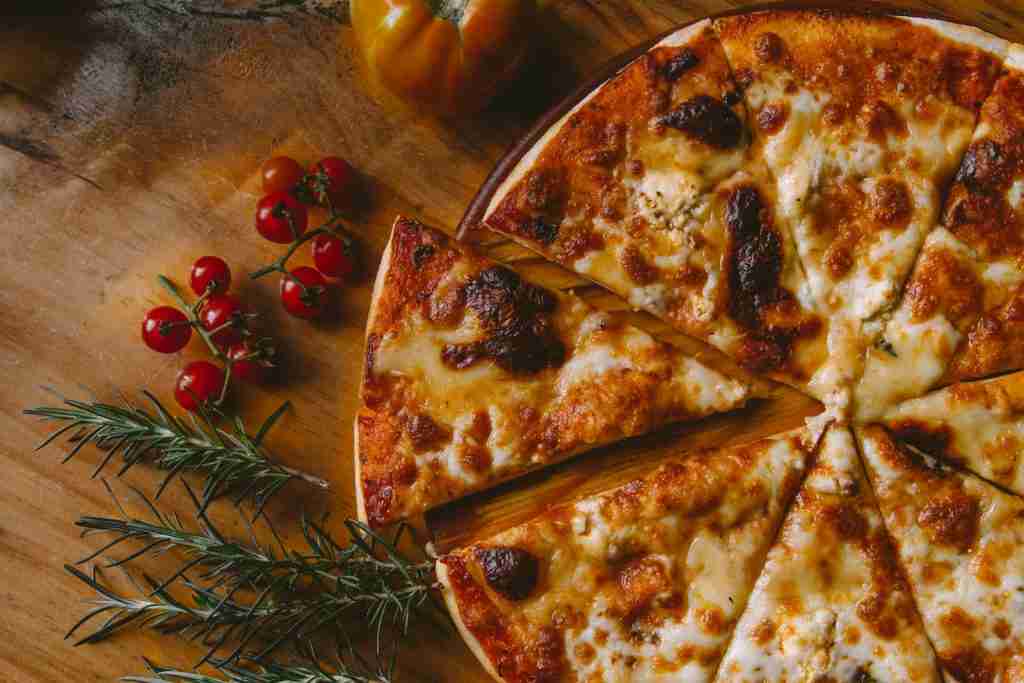
The largest pizza weighed 26,000 pounds and was made in Rome, Italy. The 131-foot-wide pizza was made with 6,000 pounds of flour, 3,000 pounds of cheese, and 1,800 pounds of tomato sauce.
It was served to over 10,000 people during a charity event. This massive pizza showcases the love for the dish and the creativity involved in making it.
7. Frying food in olive oil was first done by the ancient Greeks.
The ancient Greeks were the first to fry food in olive oil. They used it to cook fish, vegetables, and grains, valuing its flavor and health benefits. Olive oil was believed to promote wellness and longevity.
Frying in olive oil remains a popular cooking method today, passed down from the ancient Greeks.
8. Saffron, the most expensive spice in the world, is made from the stigmas of crocus flowers.
Saffron, the most expensive spice, is made from the stigmas of crocus flowers. Hand-picking and removing the stigmas is time-consuming and labor-intensive. It takes 75,000 flowers to make just one pound of saffron.
Despite its high cost, saffron is prized for its unique flavor, aroma, and versatility in cooking.
9. What are the 3 types of cooking methods?
The three main types of cooking methods are
dry heat cooking, moist heat cooking, and combination cooking.
Dry heat cooking methods involve cooking food using hot air, grilling, broiling, roasting, sautéing, and pan-frying.
Moist-heat cooking methods include boiling, steaming, poaching, poaching, poaching, and poaching, poaching, and poaching.
Combination cooking refers to methods that use a combination of dry and moist heat, such as braising, stewing, and baking. These methods are used to cook food evenly, lock in moisture, and develop flavors.
10. The average American will eat about 200 pounds of potatoes in their lifetime.
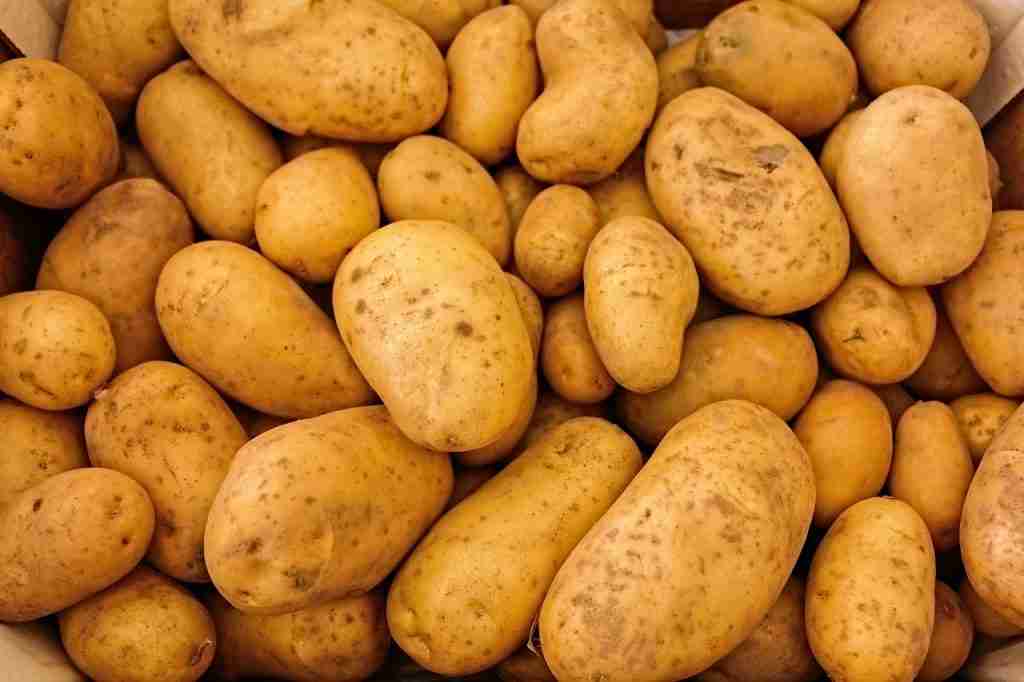
The average American will consume 200 pounds of potatoes in their lifetime. Potatoes are versatile and are used in many dishes like French fries, mashed potatoes, and potato chips.
They are a low-cost and nutritious food with fiber, vitamins, and minerals like potassium, vitamin C, and iron. Their popularity contributes to their high consumption in the US.
11. Tomatoes were once believed to be poisonous and were only used for ornamental purposes.
Tomatoes were once thought to be toxic and only used for decoration. In the 16th and 17th centuries, they were seen as dangerous due to their relationship to toxic plants in the nightshade family.
However, they were eventually used in cooking in Italy and gained widespread popularity as food. Today, they are a staple ingredient consumed all over the world.
12. Macaroni and Cheese were actually a dish served in ancient Greece.
Macaroni and cheese have ancient roots in Greece. “Makaria,” a dish of baked cheese and wheat pasta, was popular in ancient Greece.
The dish was passed down through the centuries and eventually made its way to America. Today, macaroni and cheese remain a beloved comfort food.
13. The art of food presentation and plating has been around since ancient times.
The art of food presentation dates back to ancient times. Greeks and Romans arranged food in intricate displays.
Today, plating remains an important aspect of the dining experience, with chefs creating visually appealing dishes.
14. The first recorded recipe for ice cream was in China, over 2000 years ago.
The first recorded recipe for ice cream was documented in China over 2000 years ago. Made from a mixture of snow, ice, and flavored syrups, ice cream was initially enjoyed by royalty and the upper class.
Today, it is a popular treat enjoyed by people all over the world in a variety of flavors and styles.
15. What is cooking skills?
Cooking skills refer to knowledge and proficiency in preparing, cooking, and serving food. It encompasses a range of techniques, knowledge of ingredients, and the ability to use kitchen equipment and appliances to create dishes that are both tasty and visually appealing.
Cooking skills also include the ability to follow recipes, improvise, and make substitutions based on what ingredients are available.
16. The first pressure cooker was invented in 1679 by a French physicist.
The first pressure cooker was created in 1679 by a French physicist named Denis Papin. He designed the appliance to speed up cooking time and improve the taste of food.
The pressure cooker works by trapping steam inside a sealed pot, which increases the pressure and temperature to cook food quickly and evenly.
Today, pressure cookers are a common kitchen appliance used to make meals in a fraction of the time it would take with traditional cooking methods.
17. The first recorded use of the fork as a dining utensil was in the Byzantine Empire, over 1000 years ago.
The first recorded use of the fork as a dining utensil took place in the Byzantine Empire, over 1000 years ago. Prior to that, people typically ate with their hands or used tools such as knives and spoons to eat.
The fork was initially seen as a luxury item and was only used by the wealthy. Over time, it became a common tool for eating in many cultures around the world.
18. It takes approximately 400 peanuts to make one 12-ounce jar of peanut butter.
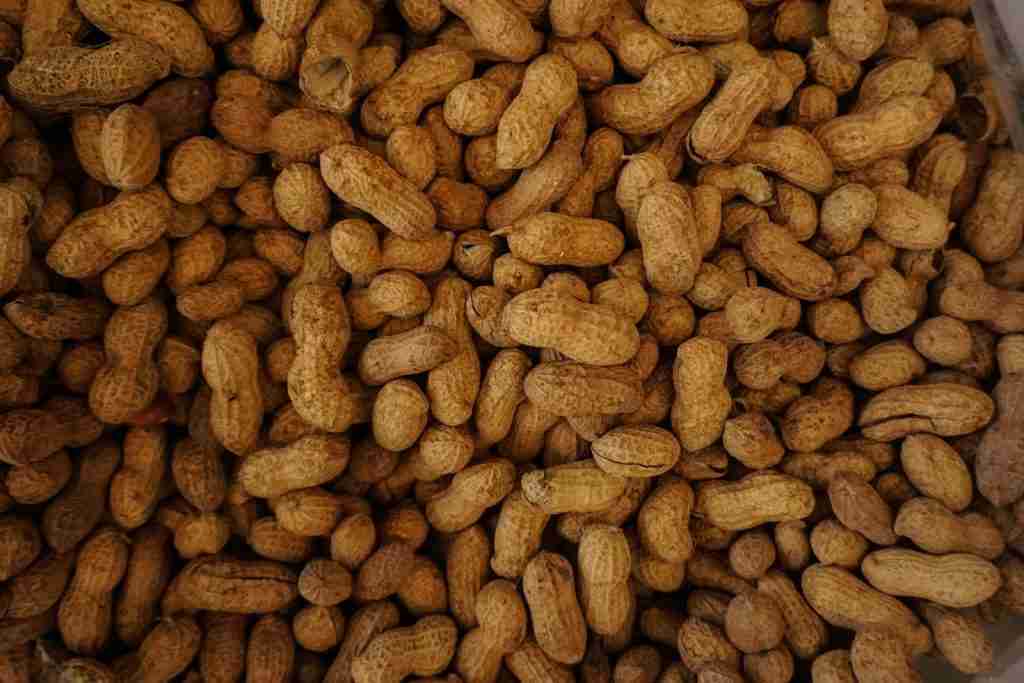
Approximately 400 peanuts are needed to make a single 12-ounce jar of peanut butter. This creamy and nutty spread has been a staple in kitchens for over a century and is a versatile ingredient used in a variety of dishes and recipes.
Peanut butter is made by grinding roasted peanuts until smooth and creamy, and it is enjoyed by people of all ages all over the world.
19. Sushi was first created in Southeast Asia over 2000 years ago as a way to preserve fish.
The history of sushi dates back over 2000 years to Southeast Asia where it was originally created as a method of preserving fish. Rice was used to ferment the fish and keep it fresh for longer periods of time.
Over time, the practice of eating fermented fish and rice evolved into the dish we now know as sushi. Today, sushi is enjoyed as a delicacy and has become a popular cuisine around the world.
20. The first recorded use of chopsticks was in China over 5000 years ago.
The use of chopsticks for eating can be traced back to ancient China over 5000 years ago. They were originally made from bamboo and were used as a practical tools for cooking and serving food.
Over time, chopsticks evolved into a staple utensil for eating in East and Southeast Asian cultures. Today, chopsticks remain an important part of the cuisine and culture of many countries in the region.
21. Herbs and spices were once used as currency.
Herbs and spices were once considered valuable and used as currency. They were in high demand, leading to the growth of trade and commerce.
Certain spices like cinnamon and nutmeg were highly sought after and used for both trade and medicinal purposes. Spices were a significant commodity in history and their use as currency highlights their value.
22. The world’s hottest chili pepper, the Carolina Reaper, can be up to 200 times hotter than a jalapeño.
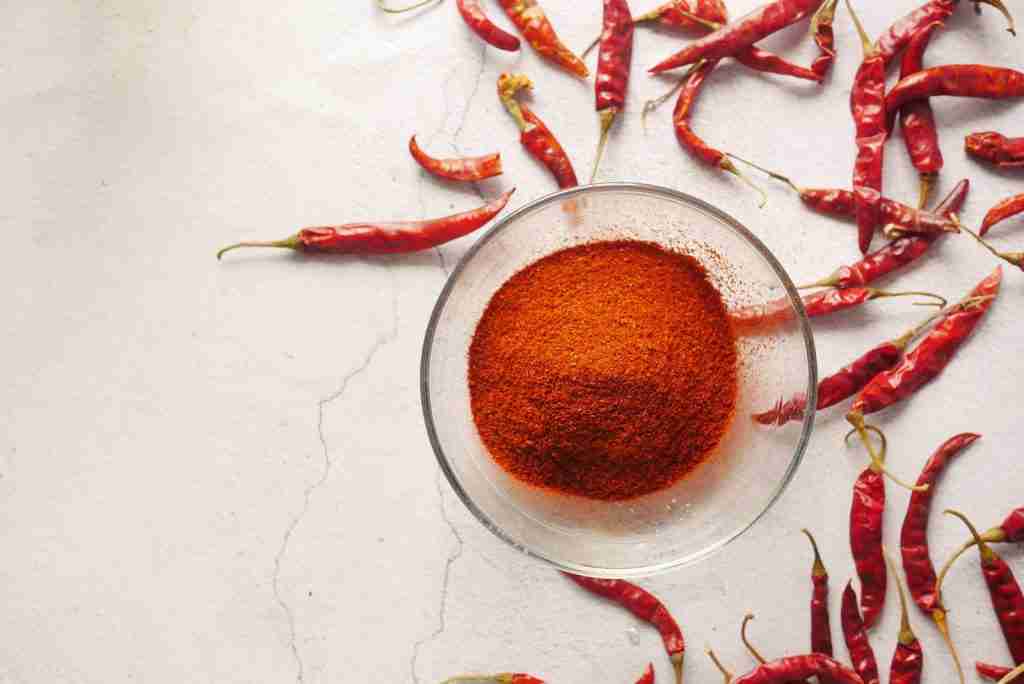
The Carolina Reaper is the world’s hottest chili pepper, 200 times hotter than a jalapeño. It’s a hybrid of Ghost Pepper and Red Habanero, with a fruity flavor.
The heat level ranges from extremely hot to unbearable, measuring over 1 million units on the Scoville scale. It’s used sparingly in cooking for its spicy kick.
23. The world’s largest pancake weighed over two tons and was cooked in 1994.
In 1994, a giant pancake was cooked and it weighed over two tons. This creation broke the record for the largest pancake in the world and remains to this day one of the most impressive culinary achievements.
This feat showcases the ingenuity and creativity of the culinary arts, and the limitless possibilities that can be achieved through the mastery of cooking.
24. What are the 5 rules of cooking?
Start with quality ingredients: The quality of the ingredients you use will greatly impact the flavor of the dish.
Properly prepare and cook ingredients: Proper preparation and cooking techniques are essential for ensuring the best flavor and texture of the dish.
Balance flavors: A well-balanced dish will have a harmonious blend of sweet, salty, sour, and bitter flavors.
Timing is key: Timing is crucial in cooking as it affects the texture and flavor of the dish.
Practice and experimentation: Cooking is an art and a science, and the more you practice and experiment, the better you will become. Don’t be afraid to try new recipes and techniques, and to make adjustments as needed.

